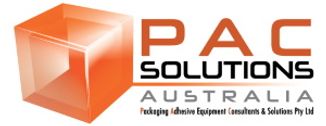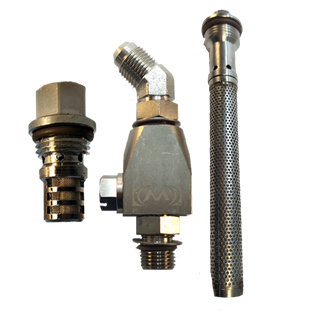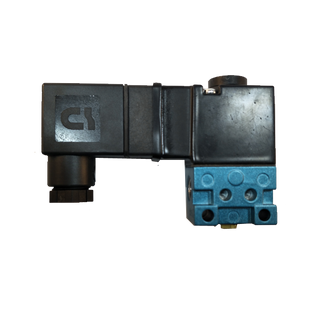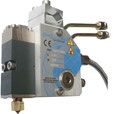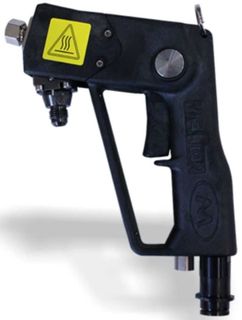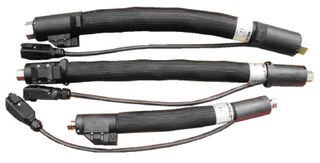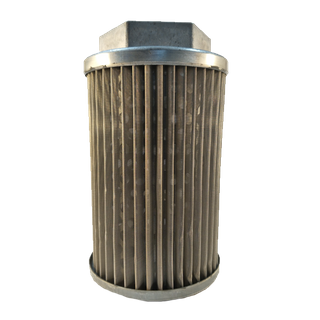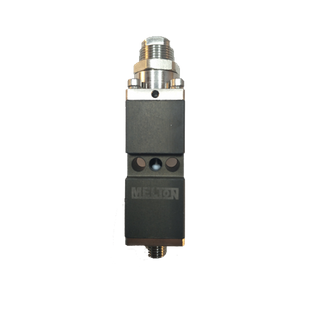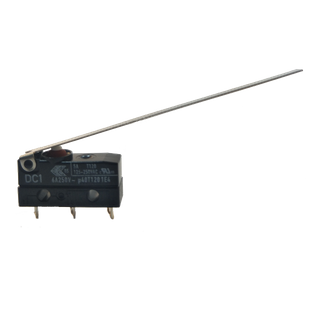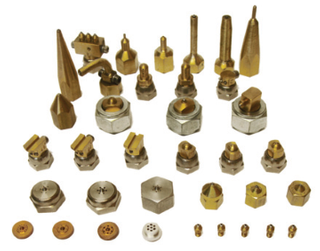Adhesive Equipment, Hot Melt

|
We provide a large selection of hot melt systems as well as hoses, pumps, nozzles, guns, etc is available for your specific application needs. Work with our experienced consultants to customise a system that is just right for your business and reap the reward of improved efficiency and production. We also offer hot melt systems for rent, providing you with a flexible, current and inexpensive option. Refer to our Rentals page for more information. |
 |
|
Where does “char” or degraded adhesive occur? Adhesive degradation is a common issue or concern in all hot melt systems. Depending on the type of adhesive, temperature maintained, duration of time spent at temperature, throughput or just simply time, causes varying degrees of adhesive degradation. The most common misnomer in understanding char and adhesive degradation is that the buildup inside the adhesive melter or tank, causes the majority of the nozzle plugging that results in system downtime. The fact is, char does form inside a melt tank reservoir, however the char and debris that causes most nozzle related issues actually comes from the heated hose. From the beginning of a hoses life, there is a cross section of material running through the 3/8” core. Once pressurized, the adhesive inside the hose flows at varying rates and speeds. The adhesive on the outside of the cross section moves slower and acts as an insulator for the center core of adhesive flowing through the hose. Throughout heating cycles and time, the adhesive on the outside becomes thick and because it’s acting as an insulator, has many of the tackifier resins burned off or separated from the base material. This creates a hardening of the arteries effect that slowly reduces the amount of “flowing adhesive” through the core of the hose. This is the material that breaks off and flows into the module and nozzle causing plugging issues. It is particularly evident during a system flush. The char that builds up in the tank is caught by the micron filter used in most melter tanks. In line filters, fitted between the hose and gun are one of the best defenders against this char and debris. Best defence against nozzle plugging There are several things that can be done to fight nozzle plugging. Some manufacturers try to create tapered needles and seats that “shear” the adhesive. They are called “self cleaning” due to the fact that the needle tip protrudes through the end of the seat. The drawback to this is that, while it works for a while, once you start getting normal adhesive buildup on the inside of the seat wall, the needle no longer can seat perfectly requiring a new nozzle to be installed to provide a clean sealing surface. In-line filters are a great addition to any hot melt applicator as it provides a basket to catch all the hose char and debris that enters the gun and module. One of the best, and simple, solutions to nozzle plugging is using large orifice/low restriction nozzles that allow any char or debris to flow through the nozzle rather than getting caught in a small orifice or restriction. This, however, is not an option for many users due to the high fluid pressure that pneumatic valves require to activate. Their adhesive usage would increase dramatically or their carton/box cannot handle a large volume of adhesive placed on the flaps.
|
